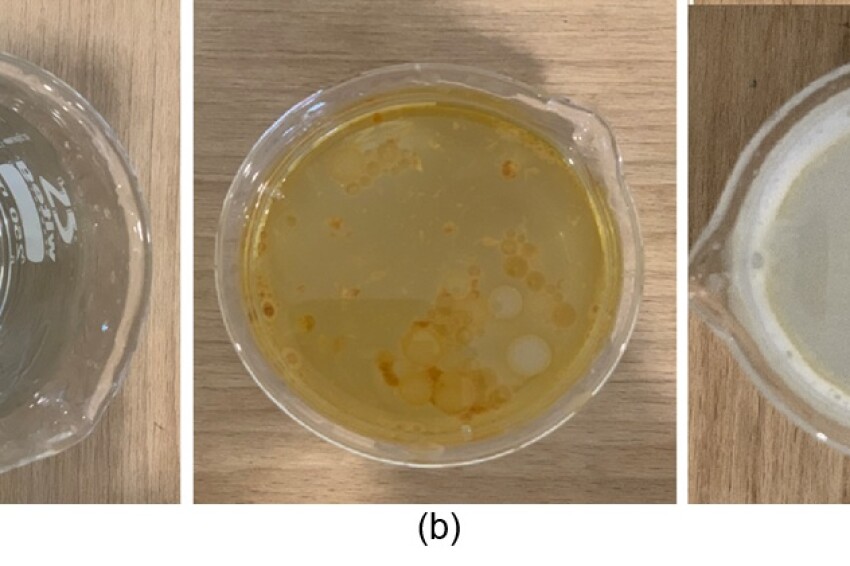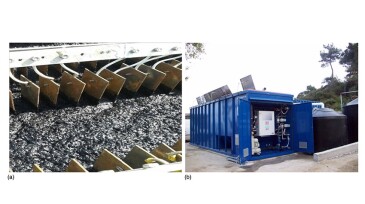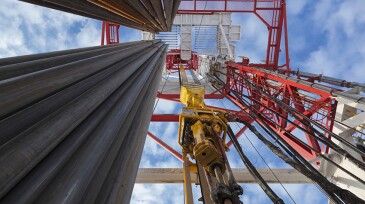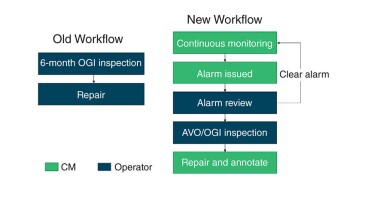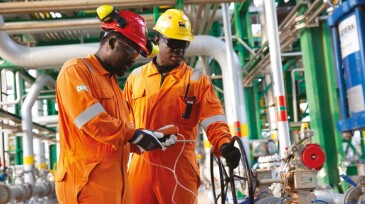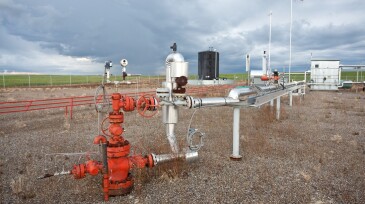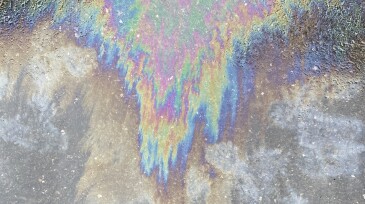Environment
This study presents the development of a biodegradable surfactant developed using principles of environmentally friendly chemistry from natural sources. The goal is to develop an effective and environmentally friendly surfactant that can emulsify and disperse oil to reduce its effects on marine environments.
This study ascertains the capital expenditure and operating expenditure associated with the reuse of existing facilities, specifically regarding a carbon capture and storage project being prepared in South Korea.
GeoMap Europe is the latest in a series of interactive global geothermal maps that combine large subsurface and surface data sets to highlight where geothermal resources and development opportunities are strongest for power, heat, cooling, and storage.
-
The paper aims to address the challenges and opportunities in managing produced water and its contaminants in the petroleum industry.
-
This paper describes the development of guidelines to determine the most suitable corrosion-resistant alloys for downhole injection equipment in wells for carbon capture and storage and carbon capture, use, and storage.
-
This paper examines how data-science-driven work practices can result in substantial reductions in methane emissions compared with other leak-detection and -repair methods.
-
A new type of porous material called a covalent organic framework quickly sucks up carbon dioxide from ambient air.
-
This paper reviews decommissioning and abandonment in Nigeria, looks at candidate identification strategies, breaks down the methods and best practices involved, and examines the requirements for openhole and cased-hole abandonment.
-
The rule, part of the Inflation Reduction Act established by Congress, allows the Environmental Protection Agency to charge large emitters of methane if they surpass specific levels.
-
The report details the company’s actions to reduce methane emissions across its operations.
-
The US Department of Energy presented the loan to LongPath Technologies to support the buildout of a high-frequency methane emissions monitoring network in US oil and gas production basins.
-
The sheets are intended to allow spill responders to quickly find information on the physicochemical properties of the fuel or product, appropriate response and clean up options, and potential effects on responder health, the environment, and marine life.
-
GE Vernova and Vineyard Wind provided an update on the implementation of their plan to safely remove the remainder of the damaged blade on turbine AW-38, remove any remaining debris, complete environmental studies, implement actions for blade readiness for service, and, ultimately, resume turbine installation and operations.

